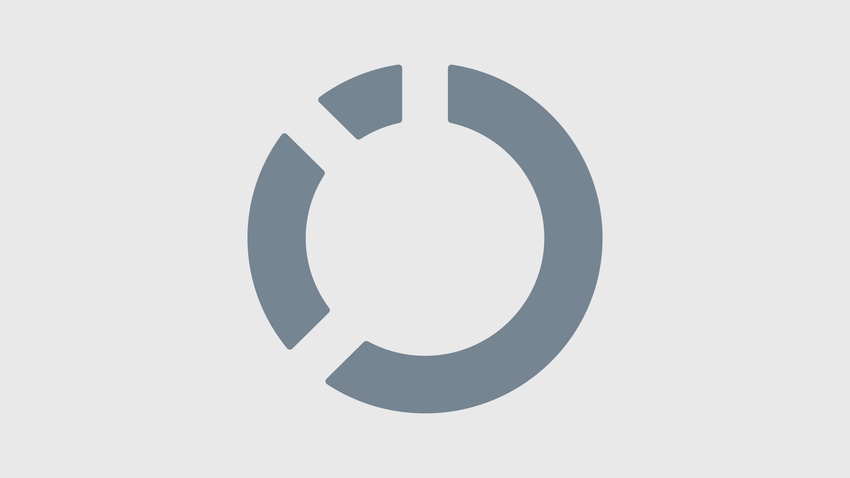A raft of useful products can boost your help desk while cutting support costs.

Service-desk applications should be a critical lifeline for customer support. But they can become the source of unrelenting daily frustration, or a lost opportunity to improve operations.
To avoid those problems, service-desk operations must mesh with organizational objectives, and IT leaders need to regularly size up their service-desk performance and applications. Improving may mean process changes, or even new apps--and here are some key requirements for doing that.
Today's service-desk applications--formerly known as help-desk software--can extend into asset management, license compliance, knowledge management, change management, workflow management, and other core IT functions.

Beyond handling incidents--the traditional domain of help desks--today's service apps' scope of responsibilities includes change requests, service requests, information queries, maintenance contracts, and asset management.
The ideal service-desk application comprises four elements: a user interface allows interaction with the application, a workflow engine allows creation of rules and processes that can modify data, a database stores information, and a reporting engine allows analysis of information in the system.
The structure of the architecture is well-suited to expansion, because these building blocks make up many other application types.
At its core, a service-desk application manages the IT support processes in your organization. A great application will only be as strong as the associated processes that go along with it.
CAPABILITIES, BEST PRACTICES
If you're in the market for new service-desk technology, or if you want to measure how well your apps meet industry standards, there are a few areas to consider.
First, make sure your service desk is the single point of contact. Multiple service-desk applications can wreak havoc on the IT organization's effectiveness. Consolidating to a single application should be a top priority for IT leaders. Even in environments where security is a concern, there's no reason for multiple apps.
WHAT TO LOOK FOR
Robust Web interface for users
Integration into enterprise management tools
Out-of-the-box reporting capability
Built-in workflow engine
Out-of-the-box reporting capability
Multiple back-end database support options
Built-in knowledge base capability
Ability to scale, for enterprise org
Fast setup for baseline capabilities
Integration is crucial, too. The service desk should be the most open, most integrated application in your organization because it gathers a wealth of information about customers, incidents, and problems. There is tremendous value in leveraging that information for content management databases and network management systems. Just be careful that you don't extend beyond the technical capabilities of the product and end up doing a lot of custom development.
The service-desk workflow should be based on process management. Ultimately, this will help resolve user problems more quickly and identify gaps in the support infrastructure. Your process management tools also may be able to correlate information from different incidents and identify issues suspected of causing the incidents.
Since most organizations will store problem resolution data at the service desk, it's critical to have a robust knowledge management system as part of the service desk. This can help users as well as service-desk operators quickly resolve issues and ultimately drive support costs lower.
While problem resolution data is great to have, what do you do with it? Tap your service-desk reporting capabilities.
Multiple levels of reporting are required from the service-desk application. Internally, metrics are required over the number of incidents opened, percentage closed on first call, or other similar areas. Externally, service-desk metrics can be used for service-level agreements or key performance indicators that measure the effectiveness of the IT organization. This data should be easy to generate, and a graphical dashboard that can view data in real time is a big plus.
User self-service capabilities vary greatly among applications. The ability for users to open tickets, check on the status of their tickets, search a knowledge base, and complete a customer survey are all minimum requirements for today's applications. The more users can be directed to the self-service area, the fewer calls and requests for support they'll make. The usability of the self-service component should be seamless and customizable to align with other employee portal applications, if they exist.
DIG DEEPER
NOT JUST FOR TELECOMS
More and more companies are discovering what service-level agreements can do for them.
Download this free InformationWeek Report
>> See all our Analytics <<
JUST THE TICKET
Service-desk systems vary widely in complexity and cost. At one extreme are suites that target every aspect of the service-desk environment, and typically cost upward of $100,000. These platforms are highly customizable and scalable. Among them are BMC Software's Remedy, CA's Service Desk, and Hewlett-Packard's Service Manager.
At the midrange (from $30,000 to $50,000) and low end (below $30,000) are tools that lack the comprehensive feature sets required for service-level management, but may answer the call as basic service-desk tools. For example, ScienceLogic's EM7 and Kace Networks' Kbox appliances can combine with other enterprise management tools, such as fault and performance management.
If you don't have a service desk or are on a shoestring budget, Numara Software's Track-It or a free open source application such as Resource Tracker may fit the bill.


(click image for larger view)
About the Author(s)
You May Also Like







